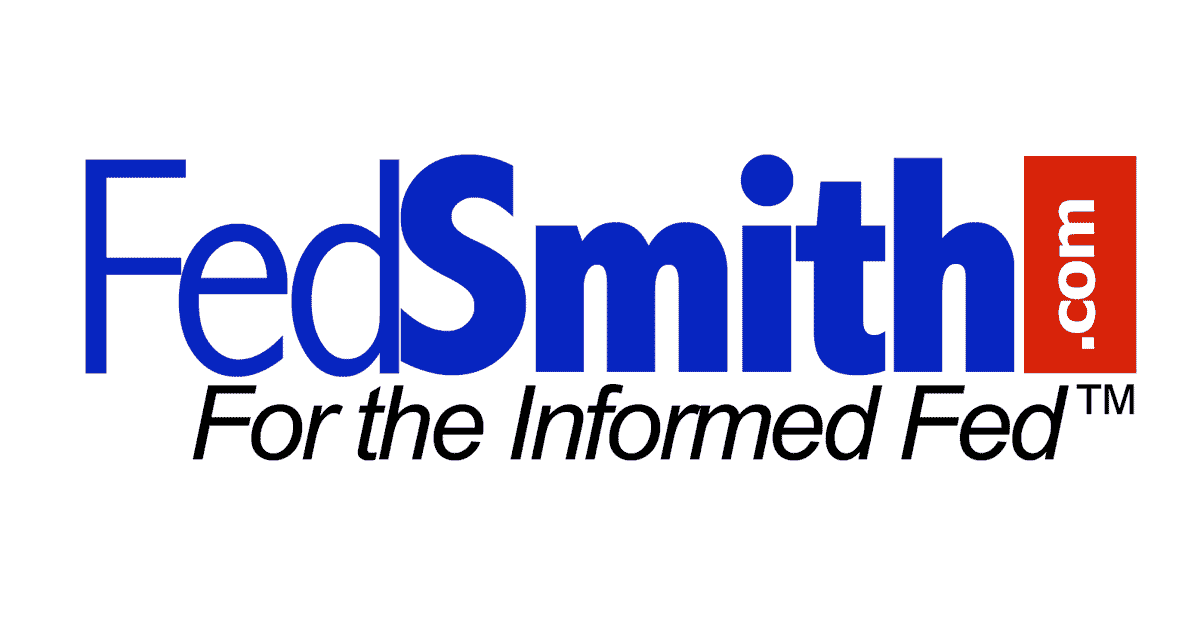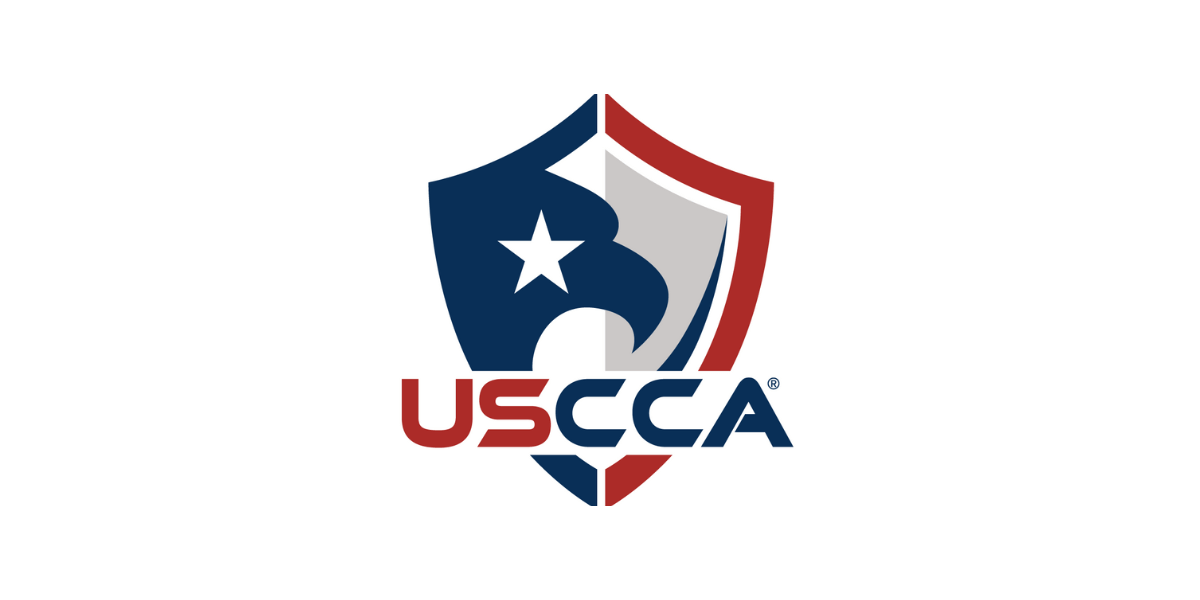What is intellectual property (IP)?
IP relates to intangible property in the form of an idea or innovation that you and/or your business have developed that may provide your business with a competitive advantage.
There are four types of protection that individuals or businesses can use to protect their IP:
- Patents
- Trademarks
- Copyrights
- Trade Secrets
Patents
A patent is akin to a contract between an individual or business and the “public.” In exchange for disclosing your invention and how to make/use it, the public grants you and/or your business a monopoly on that innovation for a limited period of time.
A patent allows you to prevent others from making, using, selling, or importing your invention into the United States. Patentable subject matter may include a process, a machine, a method of manufacture, a method of conducting business or composition of matter.
Patent protections are available in the United States and around the world. Domestic applications for patents are submitted to the United States Patent and Trademark Office (USPTO). A design patent which protects the ornamental nature or “look and feel” of an object expires 14 years from the date of filing.
A utility patent, generally expires 20 years from the date of filing. International patent applications can be obtained in a particular country/jurisdiction under the Patent Cooperation Treaty (PCT). A PCT application streamlines the patenting process by making it easier and cheaper to file a patent application in a number of other countries.
Trademarks
Trademarks are used to identify the origin, quality, sourcing, and other information about a product or service to consumers. For example:
- Company name
- Association membership
- Efficiency certification
Trademarks, service marks, certification marks, collective marks, and trade dress are available to provide this information. Trademarks can survive indefinitely, so long as the mark is properly maintained and enjoys continued use in commerce.
Trademark protections are available on the state and federal level, either by proactively registering or through litigation preventing others from improperly using the mark. Federal protection may be obtained by filing an application with the USPTO. State protection may be obtained by registering the mark with the appropriate state agency (which may differ for each state).
Trademark protections are industry-specific and generally, a mark’s “strength” is dependent on where it falls on this spectrum (from weakest to strongest):
- Generic
- Descriptive
- Suggestive
- Fanciful
- Arbitrary
However, a “weak” mark may gain acceptance and recognition after a period of five consecutive years on the supplemental register. This allows the mark to acquire a secondary meaning in the minds of customers.
Copyrights
Copyright protection is available for the expression of an idea in a tangible medium, but copyrights only protect your expression of an idea, not the idea itself. Copyright examples include paintings, books, musical compositions, performances, PowerPoint presentations and training manuals.
Copyright terms vary between 70 and 125 years. Copyrights, the exclusive right to reproduce, publish, or sell an expression or any derivatives, attach at the moment of creation.
Additional copyright protections can be obtained by registering with the United States Copyright Office, a part of the United States Library of Congress. Your registration must include a “deposit,” simply an example of the work (e.g., copy, photo).
Trade secrets
Trade secret protection is available for information that provides a competitive advantage to your business and that you have taken steps to keep a secret. Examples include recipes, algorithms, client lists, processes and data.
Trade secret protection, unlike patent protections, can last indefinitely. But, trade secret protections are contingent on that information remaining a secret.
There is no application for trade secret protection, but the owners of trade secrets must take reasonable precautions to keep the information secret (e.g., non-disclosure agreements, confidentiality agreements, restricted access).
State protections for trade secrets vary slightly, and a federal cause of action was created in 2016. You must be able to definitively describe your trade secret to a court if you accuse another business of stealing your trade secret through corporate espionage or otherwise.
Contact a Registered Patent Attorney today to aggressively enforce, defend and protect your IP rights.






